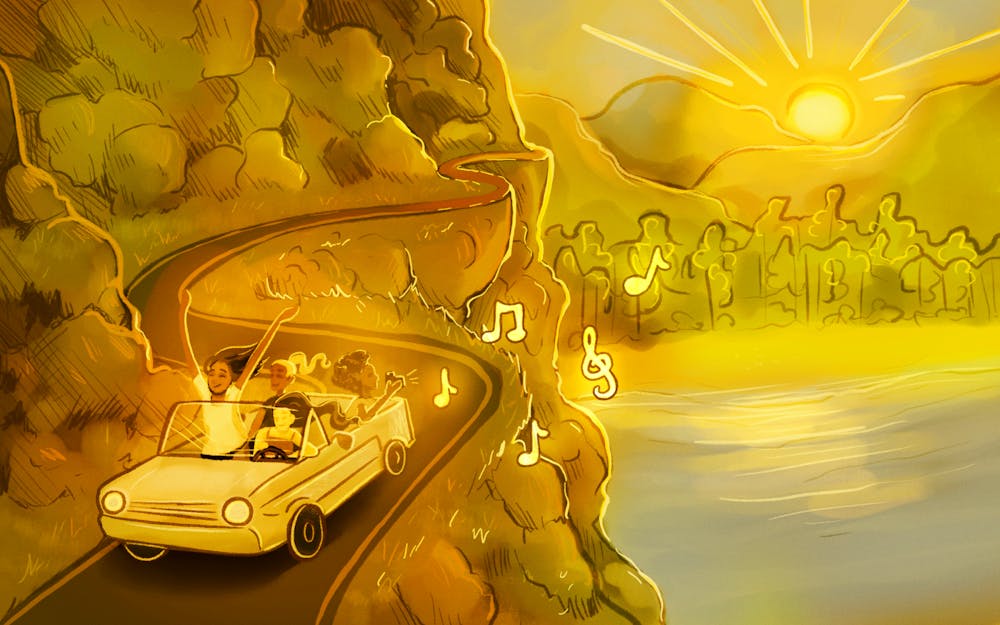Teenage rebellion has always run rampant among adolescents, now considered almost an expected part of growing up. From “Romeo and Juliet” to the emergence of rock and roll music to “The Breakfast Club,” teenage angst has been exemplified through various types of media over different periods of time.
The way teens rebel seems to shift as new eras of time approach. They always seem to have a desire to challenge something — forbidden love in “Romeo and Juliet,” rock and roll challenging musical norms and defying societal pressures in “The Breakfast Club.”
Similarly, the way teens rebel nowadays has evolved with the use of social media. The old strategies of acting out are certainly still existent, but new and innovative ways of resistance have emerged.
There are now countless ways for teenagers to engage in unruly acts from the comfort of their own home. Posting risky things on social media like drinking and smoking, creating profiles on dating apps or texting late at night are just some of the ways teens display angst.
While engaging in rebellious activities online is still dangerous, it seems like these gestures are more mellow than those in previous eras, also reflected in the media that we see today.
For example, the often slow and simple pop songs played on mainstream radio today seem to have calmed down from those played during the MTV punk rock era and early 2000s pop-punk era.
It’s not that aggressively rebellious music does not exist today, but what is played on mainstream radio seems to have changed into songs with more simple beats and easygoing lyrics.
The radio has been used as a tool to deliver music to mass audiences since the early 1900s, but the impact of the choice of music played on major radio stations is often overlooked.
Radios are played not just in homes, but in cars, stores, malls and more, so it is efficient at exposing people to what is out there. It is different from playing music from your phone by choice and actively choosing who to listen to.
It’s interesting to analyze how the lyrics and specific stylings of a song or album influence someone’s thoughts and behaviors.
The spirit of punk, arguably first popularized by the Sex Pistols in the 1970s, was sometimes tied to violence through fighting among fans, the public and the police. The ‘90s and early 2000s pop-punk stylings of Green Day and Blink-182 seem to have shifted rebellion from violence to a more internal attitude change of not caring what others think. Nowadays — though teenage rebellion still occurs — it does not seem to be necessarily rooted in mainstream music played on the radio.
The less harsh music played on the radio, including songs by artists such as Taylor Swift and Justin Bieber, reflects this shift.
While this transformation is not necessarily bad, there is something sad about the rareness of a gritty guitar riff in a song on the radio today. And while a lot of the music currently on the radio is still made by talented artists and has meaningful and relatable lyrics, I would like to see a re-emergence of the rebellious spirit in mainstream music to give a sense of nostalgia but also to encourage not caring what others think among listeners.
Kara Acinapuro (she/her) is a junior studying media advertising. She is vice president of Women in Media and a member of Alpha Phi Omega.




